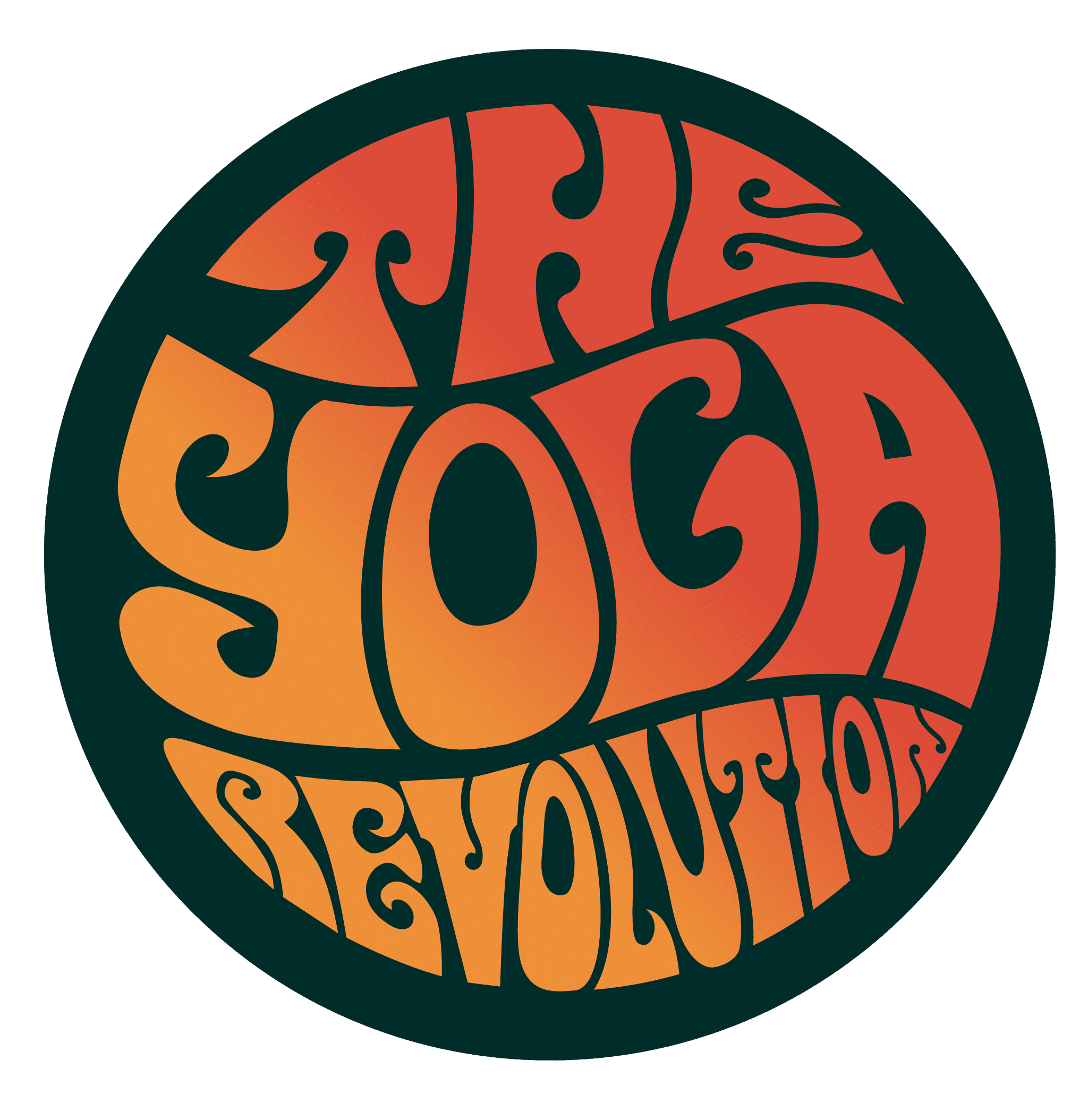Jumping into the yoga world can be a bit of a wild ride. You just want to move and feel a bit better, but how do you choose between classes? Ashtanga? Iyengar? Hatha? Vinyasa? What?
I get it. From my perspective, it really does feel sometimes like yoga has been distilled into Instagram-worthy shapes and expensive outfits by social media and Nike adverts, when actually yoga is an entire solar system that can often take a lifetime to explore. But when you show up you’re not expecting such a lot of stuff.
Vinyasa yoga is often the first thing we hear about, and it’s the practice I turn to the most. Here’s how to understand the concept of vinyasa and what you can expect from your classes:
What is vinyasa yoga?
Put simply, vinyasa is a yoga practice that links breath and movement. Try it now: inhale grow tall, exhale slump down. Yoga linked with breath can be as simple as that, or more dynamic and fluid with bigger poses and movement. That in itself is a beautiful part of the vinyasa yoga practice.
But isn’t it more than that?
More than just mindlessly moving as you breathe, vinyasa is about embodied movement. It’s about feeling your way from inflation (inhale) to deflation (exhale) and being aware of how these breaths affect the poses and transitions your teacher is guiding you through. We’re not just going through the motions in a vinyasa class (or, actually in any yoga class), but we’re working to really understand what it’s like to link breath, body, and mind. Yes, it’s a challenge at first but this, as they say, is the practice.
Vinyasa: a fluid yoga practice
Unlike the strict sequence of an Ashtanga yoga class (where the poses are the same and in the same order each time), a vinyasa class can almost be anything. Strong, fluid, slow, quick; it can be a strong workout, or help you find some space in your head (or both). There’s no set agenda or rules, no particular poses associated with a vinyasa yoga class (although you’ll come across many typical yoga poses such as downward-facing dog, sun salutations, and warrior poses), and so it can be a different experience each class.
What are the benefits of vinyasa yoga?
The benefits of this style of yoga are vast. Here’s my favourites:
- Cardiovascular health
- Flexibility
- Strength
- Less stress and improved mental health
- Easier digestion
- Better circulation
- Increased lung capacity
- And you’ll get a more joyful outlook on life
How do I get started?
Go to a class. Learning from a teacher is simply the best way to start, whether that’s online or in-person. You can find plenty of classes around, or join TYR’s inner circle for a free live session as well as exclusive resources and plenty of inspiration.
